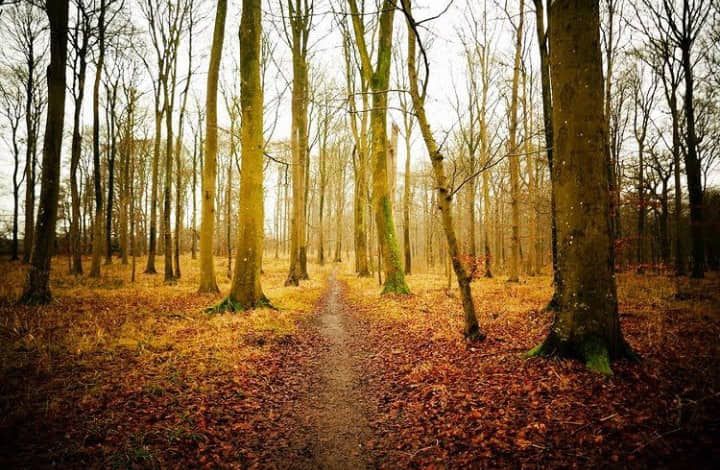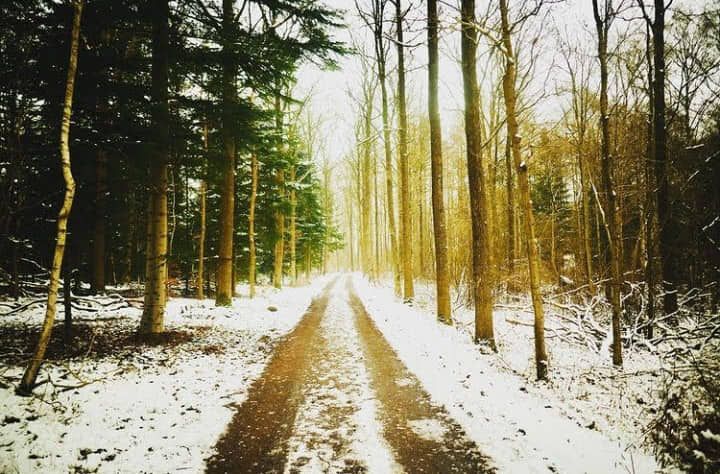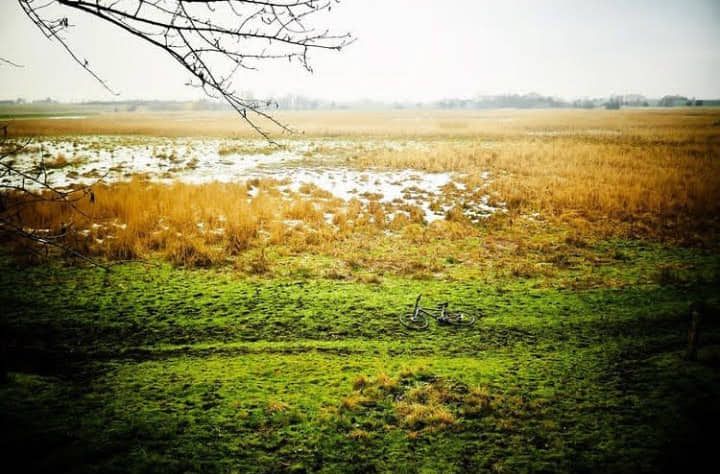
The southern county road connects Vorden, Ruurlo and Hengelo (Gelderland). The regional name De Graafschap corresponds to this area. It was rich in noble families and castles, where in the past feudal power was exercised by counts and their vassals. Then you cycle to Vorden Castle, Kief Kamp House, Onstein House, De Wiersse House, Ruurlo Castle o Hackfort Castle. Many countries make the journey beautiful and different. A large part goes through a small covered sandy landscape with fields, meadows and lots of forest. When you start at Vorden Station, turn right at the station building, Burg. Gallery Street; follow the road to exit 89.

Oude Willem is the name of a village in the middle of the Drents-Friese Wold National Park. It was created in the first half of the 20th century, when heath extraction began in this area. Today the village is indicated by vast forests, marshes and migrating ducks. Around Hoogers Molde and along the Drenthe Hoofdvaart, the route leads into the former "drought area". The Leggeldervelden is a remnant of the large peat and heath areas of the past. Blue lake created by sand mining.

Together with Archemerberg and Besthemerberg, Lemelerberg became the northern part of the Sallandse Heuvelrug, a now rapidly collapsing moraine formed during the penultimate ice age. The great glacier then flowed southwards across the IJsselmeer, pushing infiltrating clay, sand and gravel from both sides into high walls. The mountains shrink over time due to subsidence, but still reach a height of 81 m (Lemelerberg). Archemerberg 78 m is the only one that is not forested, so in clear weather there is a wonderful view of Salland, Twente and the Vecht Deling from this spot:
From the station, turn right onto the track and you will immediately see the first sign on the left, towards junction 44.

The eastern part of the Lustwarander route offers an unobstructed view of the Utrechtse Heuvelrug. You drive through the lush forests of Leersum and Amerongen forests. The forests that covered the Heuvelrug disappeared at the end of the 17th century due to the trade in people and animals. The Heuvelruget consists of marshes and sand flats. After 1800, landowners left abandoned forests in production. To the north the Heuvelrug borders the open view of the Gelderland valley, to the south the hills run through the view of the river.

Congratulations, your post has been curated by @r2cornell-curate. Also, find us on Discord
Felicitaciones, su publication ha sido votado por @r2cornell-curate. También, encuéntranos en Discord
Congratulations, your post has been upvoted by @oscarps, from the @visualblock curation account